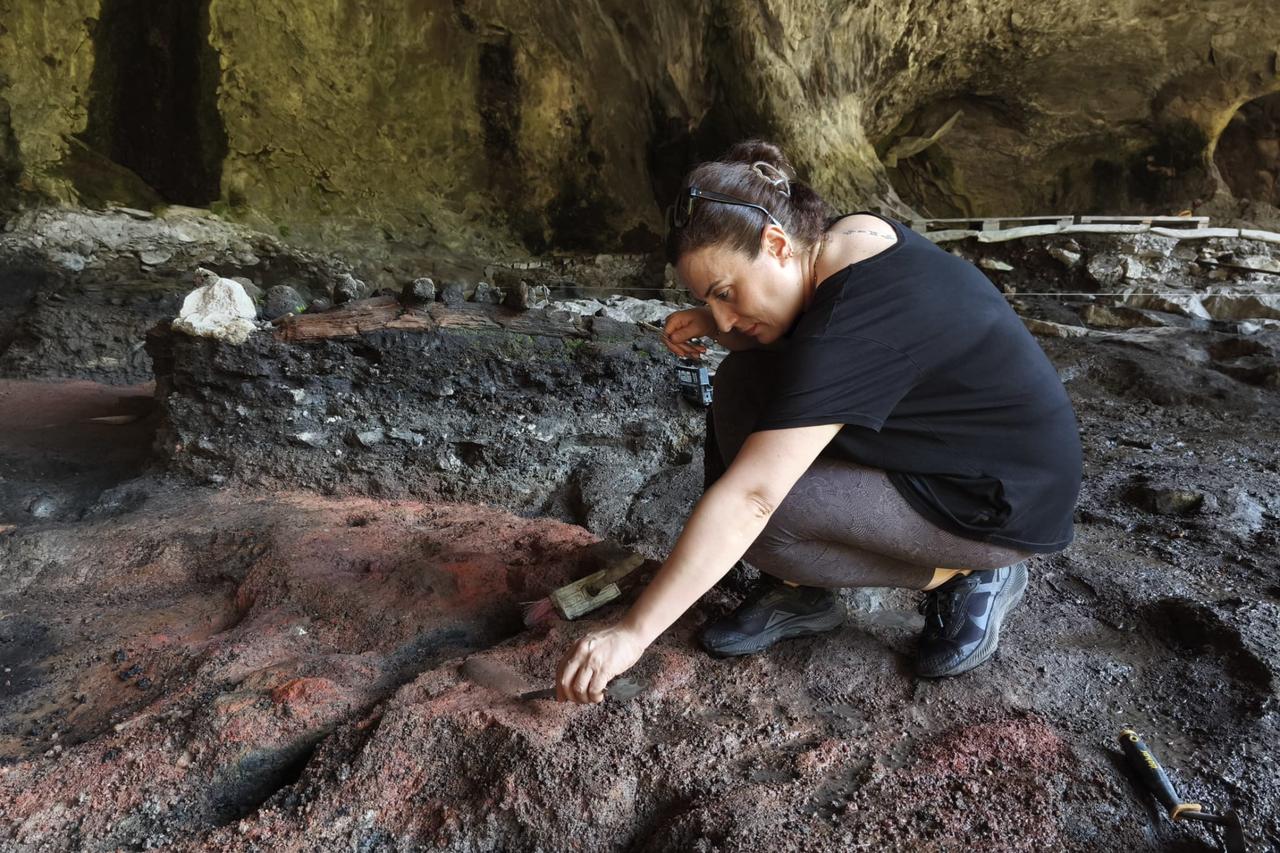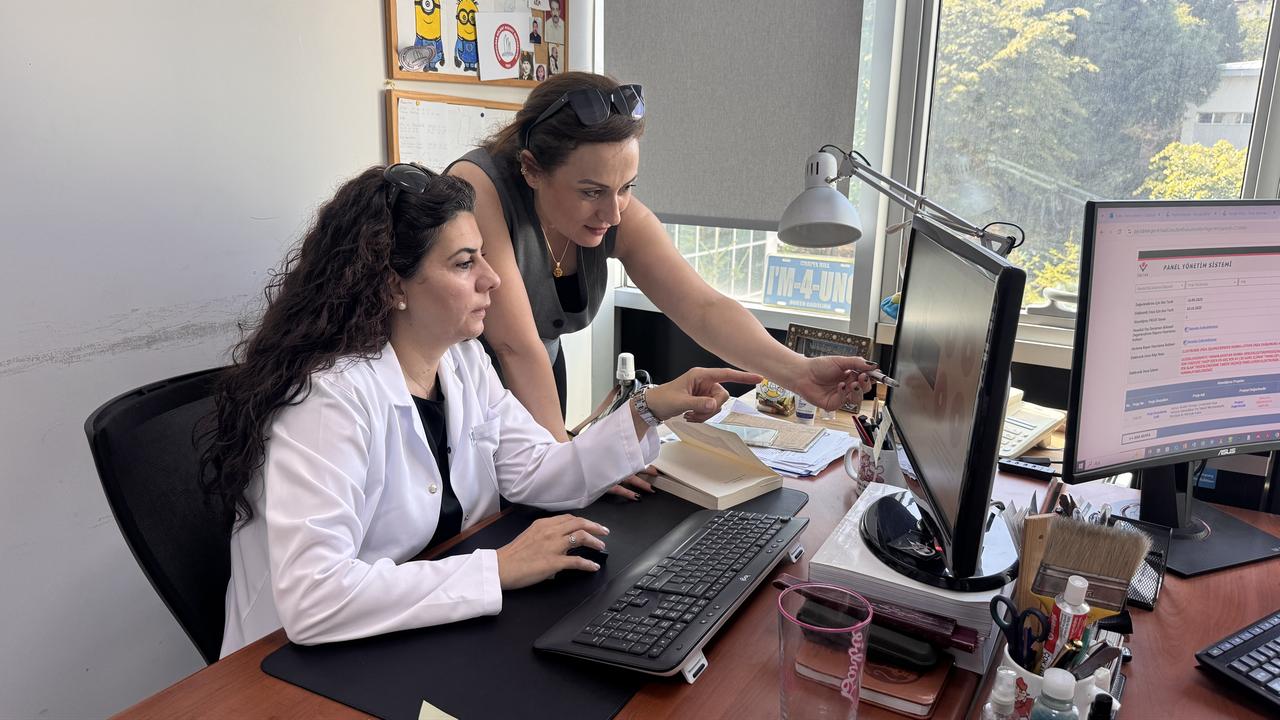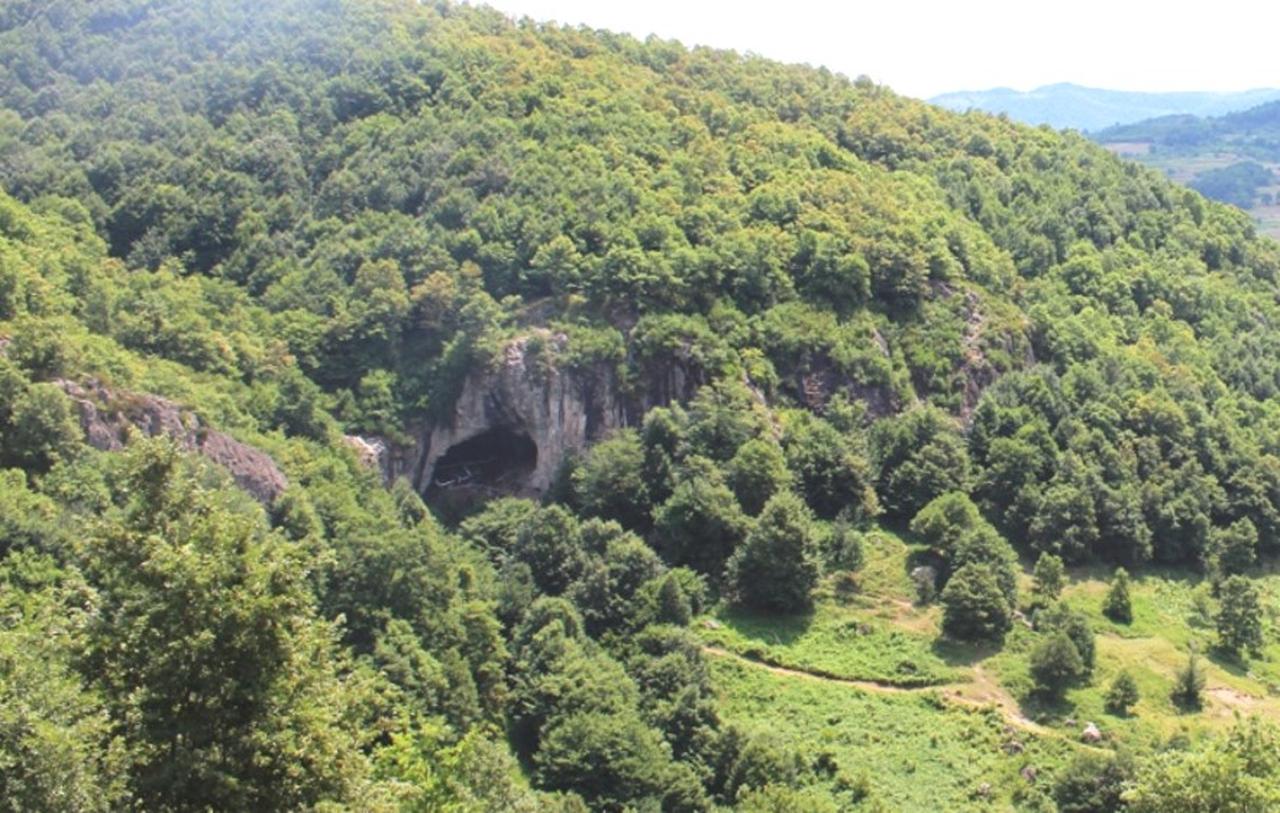
Academics from Zonguldak Bulent Ecevit University (BEU) have uncovered evidence about diseases and treatment methods of Early Bronze Age communities through their work in Inonu Cave.
Associate Professor Sukran Ozturk from the BEU Faculty of Pharmacy, Department of Basic Pharmaceutical Sciences, and Associate Professor Fadile Gulden Ekmen from the Faculty of Humanities and Social Sciences, Department of Archaeology, launched a project titled “Detection of Antibiotic Resistance Genes and Metagenomic Analysis of Soil Samples from Inonu Cave Excavations,” bridging archaeology and microbiology.
With the permission and support of the Ministry of Culture and Tourism, contributions from BEU Rector Prof. Dr. Ismail Hakki Ozolcer, scientific guidance from Assoc. Prof. Dr. Hamza Ekmen, and in collaboration with the Karadeniz Eregli Museum, soil samples were collected from Inonu Cave in Karadeniz Eregli.

Through metagenomic analyses (studying all genetic material from a given environment), the team investigated ancient bacterial populations and prehistoric soil microbiota—the microorganisms living in the environment, excluding human cells.
Researchers from Ankara University, including Prof. Dr. Emre Keskin, Esra Mine Unal, and Aysegul Er Gokce, analyzed these layers for antibiotic resistance genes and identified a wide variety of microorganisms, including key bacterial groups.
The findings revealed insights into the diseases and treatments of people living in the cave approximately 5,000 years ago. They frequently suffered from gastrointestinal illnesses—such as nausea, stomach pain, vomiting, and diarrhea—and reportedly used coal and its derivatives as treatment.
“We found evidence that they used coal derivatives for therapeutic purposes,” said Assoc. Prof. Fadile Gulden Ekmen.
Ekmen noted that excavations at the Inonu Cave have been ongoing since 2017, revealing five cultural layers. Analyses of soil samples from these layers provided data on the health and treatment practices of the period. Specifically, soil from the fourth layer offered clues about how people managed illnesses caused by environmental bacteria using natural remedies like coal.

This discovery highlights that coal was known and utilized long before its documented discovery in the Zonguldak region by Uzun Mehmet in the 1820s. Historically, coal and its derivatives were used in treating rheumatism or reducing fevers, and modern medicine still employs activated charcoal in cases of poisoning. The study demonstrates that prehistoric humans understood and applied natural, chemical, geological, and mineral resources in their daily lives.
Assoc. Prof. Sukran Ozturk added that metagenomic analyses revealed the presence of antibiotic resistance genes in three different layers of soil. This indicates that antibiotic resistance is not just a modern problem but has existed for over 5,000 years.
“Our findings underscore the importance of the 'One Health' concept, which integrates human, animal, and environmental health,” Ozturk said. “Antibiotic resistance linked to hospital infections has much older roots than previously thought, highlighting the need for diverse and innovative solutions.”